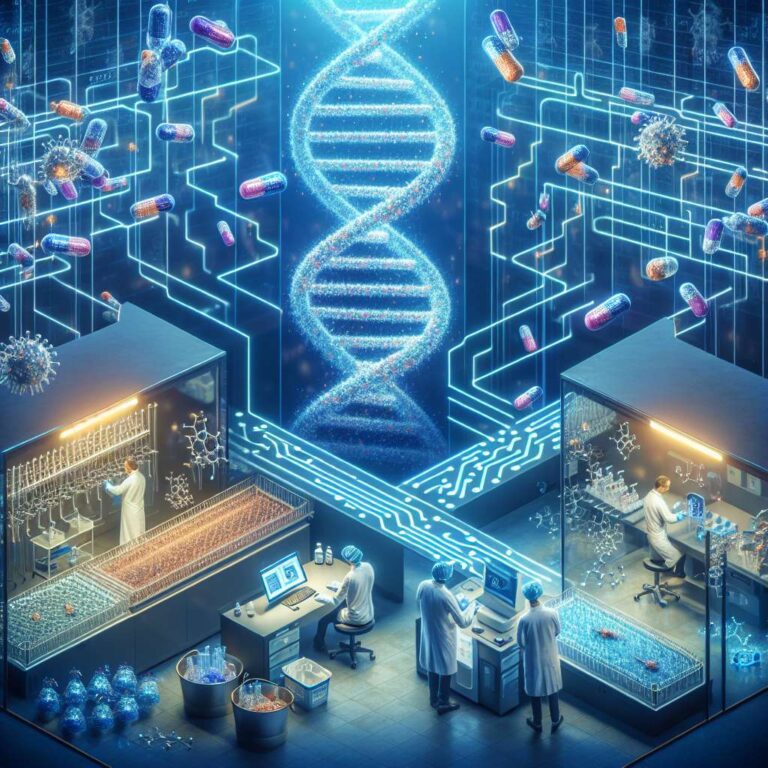Researchers are turning to Artificial Intelligence to accelerate the hunt for new antibiotics amid rising antimicrobial resistance. In minutes, models can propose thousands of chemical structures with potential antibacterial properties, a stark contrast to traditional discovery that often requires years of painstaking sifting through natural sources. The urgency is growing: the US Centers for Disease Control reported that dangerous bacterial infections rose by 69 percent between 2019 and 2023, with Enterobacterales, known as ‘nightmare bacteria’, particularly hard to treat. Globally, 1.1 million deaths each year are linked to resistance to antimicrobial drugs.
By comparison, teams such as machine biologist César de la Fuente’s at the University of Pennsylvania say the discovery, lab synthesis and initial cell testing of candidates can now be compressed into a week or two using Artificial Intelligence. His group has applied these approaches for about a decade. Yet most Artificial Intelligence designed antibiotics remain at an early stage, and none has been tested in humans, underscoring the gap between computational promise and clinical reality.
The toolkit spans machine learning and generative models trained on compounds known to harm or spare bacteria, as well as on proteomes from animals, plants and bacteria. One generative system recently produced 50,000 antimicrobial peptides, which were then ranked by a deep-learning model for predicted activity against several bacterial types. Of the top 46 peptides that were synthesized, about 35 killed at least one bacterial strain in dishes, and most did not show toxicity to human embryonic kidney cells. The two best performers were subsequently effective against Acinetobacter baumannii in mouse models, highlighting how Artificial Intelligence can rapidly surface viable leads for experimental follow-up.
Significant hurdles remain before any of these molecules can become medicines. According to Massachusetts Institute of Technology bioengineer Jim Collins, some Artificial Intelligence designed antibiotics prove chemically unstable or cannot be synthesized. Others require too many manufacturing steps, making them too costly and time-consuming for commercial production. These constraints, combined with the lack of human testing to date, illustrate the work ahead to translate rapid computational design into safe, scalable therapies.

